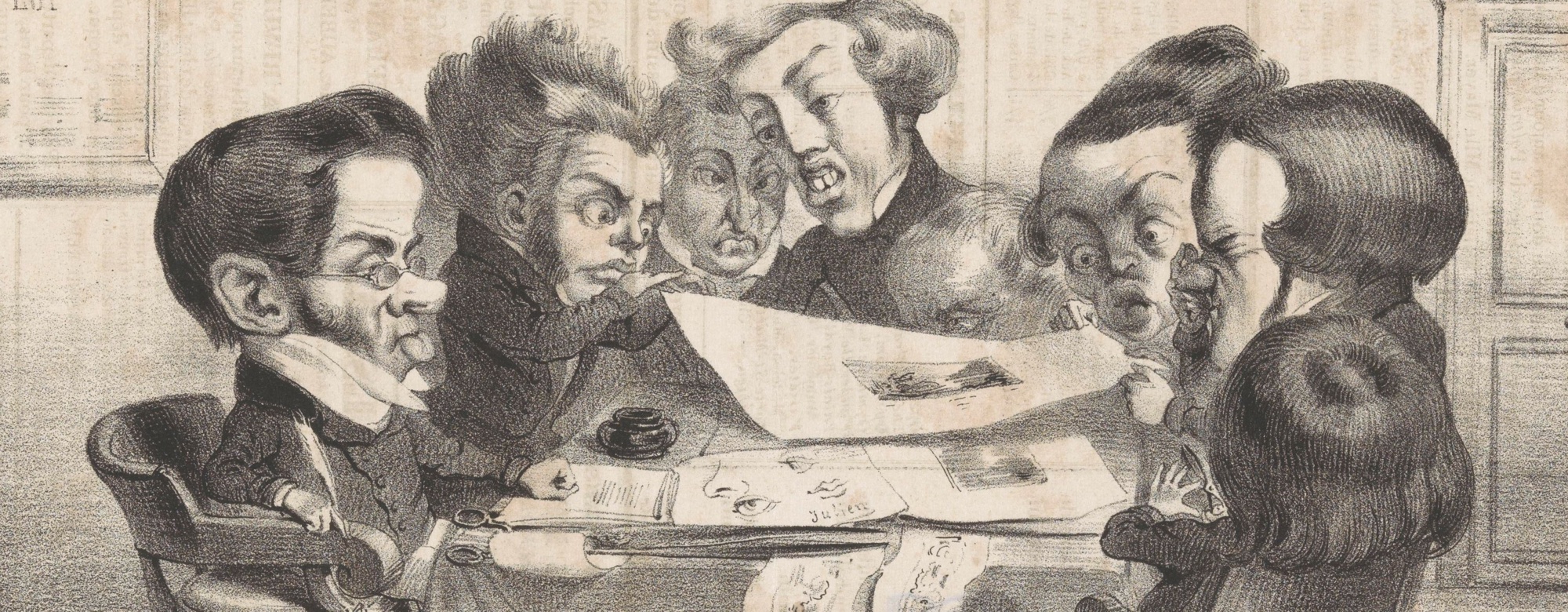Summer is definitely over in Brussels and in member states – everyone seems to be back to work, which means in our case back to the copyright discussion. Yesterday Statewatch published a first compromise proposal by the Estonian Presidency. The document refers only to parts of the Commission’s draft directive, namely Articles 1, 2, and 10 to 16. From the very beginning we have been involved in the discussions on ancillary copyright for press publishers (Art. 11) and the upload filter (Art. 13). On both of these issues the Estonian proposal contains two different approaches, each a fact which further highlights how divisive these provisions are among the member states on article 11. One of the versions somewhat improves the Commission’s proposal while the other one makes it much worse. On article 13 both versions would make the Commission’s already terrible proposal even worse.
Ancillary copyright for press publishers – to be or not to be?
On the issue of new rights for press publishers the Estonian compromise proposal does not really present a compromise. The two versions mark different sides of the spectrum. On the one hand a version that would enact a massive expansion of the rights of publishers that goes well beyond the Commission’s proposal that dealt with rights in digital uses of press publication only. On the other hand, we have a version that does not create new rights while still giving publishers tools to act against infringement.
The first option (which can probably be attributed to France) expands the original bad European Commission’s proposal if it comes to the scope of the ancillary copyright from digital publications to publications published in any media, including on paper (in the proposal the article would also apply to videos and photos). What is even worse, hyperlinking is explicitly included in the scope, as long as such links constitute a communication to the public (in the absence of clear guidance this would open a whole new can of worms). This version would be a clear win for big publishers, and a major restraint for free flaw of information online.
The second option seems inspired by the language found in the draft report of the JURI Committee that was proposed by the former Rapporteur MEP Comodini Cachia and aims at creating a presumption for publishers of press publications to facilitate the enforcement of their rights before courts, in case of copyright infringement.
This is broadly in line with what we and many others had proposed as a solution of the enforcement problems of press publishers: instead of granting them (expansive) new rights, the publishers’ ability to act against infringing uses of works published by them, should be strengthened. The second option chooses this approach and more importantly also provides that the presumption shall not affect any rights provided for in Union law to authors and other rights holders, in respect of the works and other subject matter incorporated in a press publication.
The upload filter: winter is coming
With regards to the upload filter the Estonian compromise proposal again presents two versions. Unfortunately, this does not include anything that would defuse the censorship filter proposed in article 13. Both versions require services that store and give access to content to take measures such as implementing effective technologies to prevent the appearance of rights holders’ content, which is clearly against safe harbour provisions provided in the e-Commerce directive, which so far was the base of intermediary liability regime.
If these proposals really reflect a shared position among the member states, this would indicate a troubling willingness to alter the whole liability system for online platforms through the DSM directive which would be bad legislative practice. What is more, it might seem that the compromised proposal tries to clarify some issues, as the scope of the obligation or entities obliged to follow art. 13, but at the end it only ends up being less understable than the Commission’s proposal – one can simply repair something broken from the very beginning.
The general principle of new regulation is the same (broken and misguided) as the one proposed by the European Commision – private entities shall be forced to monitor content uploaded by users to secure copyright. The proposed text does not solve any questions raised by the whole idea of content filtering. Instead, it adds a provision that the question which information society service providers are affected by the filtering obligation must be assessed “on a case by case basis by the courts”.
And while the reference to “content recognition technologies” is removed, online platforms would still be forced to prevent the availability of copyright infringement content, which in practice means blocking before content is visible on a website. In the light of this provisions the assurance that the measures taken must respect fundamental freedoms of their users, and be without prejudice to the application of the exceptions and limitations to copyright does not seem to be very convincing.
The second option makes the whole mess even worse, by introducing a definition of act of communication to the public that includes both online hosting platforms that ‘optimise’ uploaded content and use of such content. This must be understood as an attempt. to make all open platforms that allow users to upload content and their users liable for copyright infringement. Such a move would have massive chilling effects on the Internet as it exists today and on freedom of expression online.

